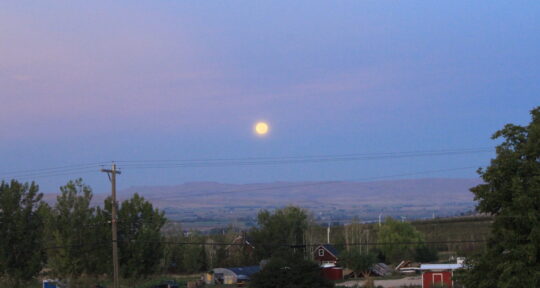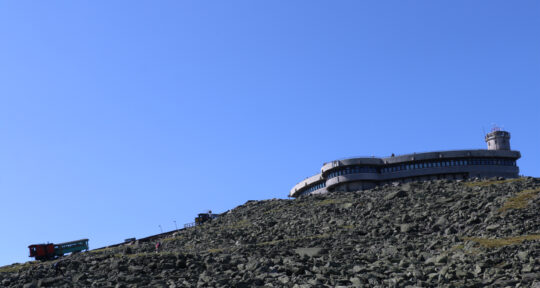In early June, a young male grizzly bear was spotted in Clearwater National Forest in Idaho. And while grizzly sightings are not uncommon in states like Montana and Wyoming, this is the first time in a decade one has been seen in the northern part of Idaho. Even more remarkable, the 3-year-old bear has continued to move farther south and was last reported about ten miles north of Highway 12. The last time a grizzly was seen this close to the highway was more than 50 years ago.
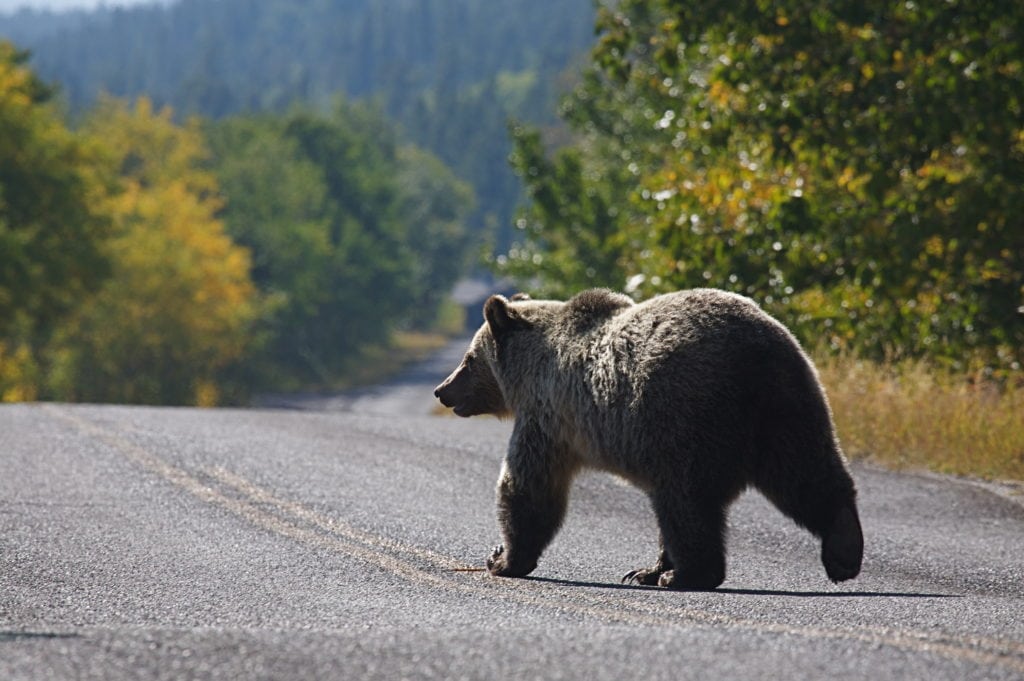
“This same bear was actually moved to the Cabinet Mountains in Idaho last year,” says Wayne Kasworm, a grizzly bear biologist for the U.S. Fish and Wildlife Service and the scientist who is currently tracking the bear. “When he came out of hibernation earlier this year, he started going south. His tracking collar periodically sends me information and, so far, he’s crossed Highway 200 and I-90, heading toward Highway 12. He seems to be on the same trajectory south.”
According to British Columbia’s Ministry of Water, Land, and Air Protection, there are roughly 55,000 wild grizzly bears left in North America, most of which are in Alaska. Only 1,500 reside in the lower 48 states. And of those 1,500, about 95 percent are located in Montana and Wyoming (collectively referred to as the Greater Yellowstone Ecosystem).
Grizzly bears used to roam much of the Great Plains and the southwestern states, including California. In fact, it is estimated that more than 10,000 grizzlies lived throughout California in the late 1800s. But in 1924, in Sequoia National Park, members of a road crew made the last reported sighting of a grizzly bear in the Golden State.
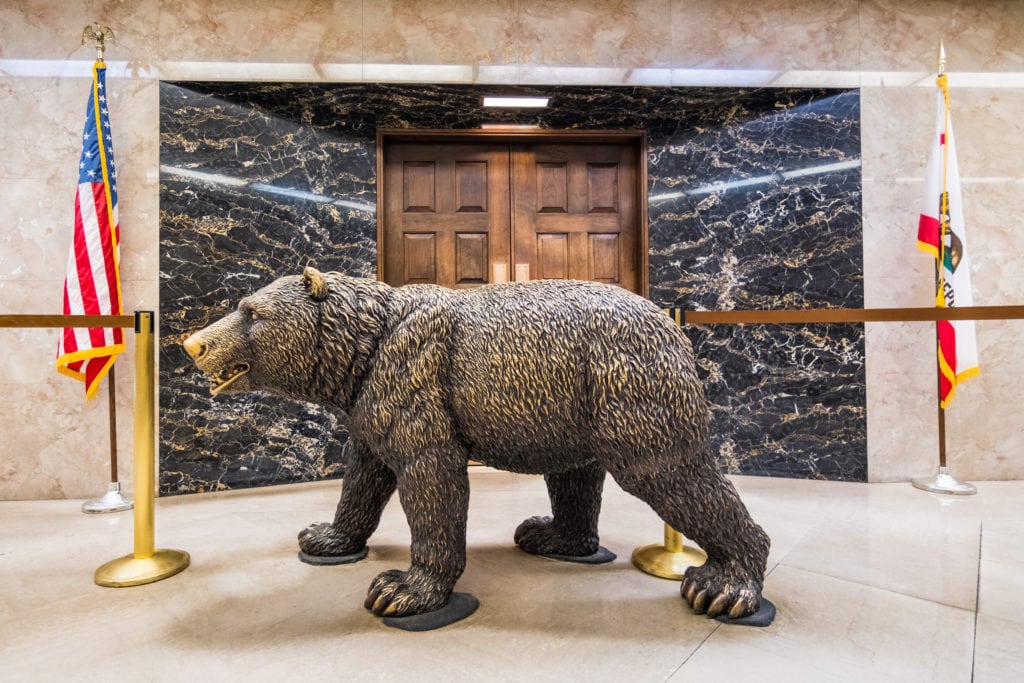
But the young bear spotted in Idaho is proving to be a turning point in the grizzly’s vanished ecological past.
“In the 1980s, the population of grizzlies in northern Idaho had declined to middle, single digits. We were concerned we were going to lose them all,” says Kasworm. “So, we [the U.S. Fish and Wildlife Service] started a relocation program with the Montana Department of Fish and Wildlife called the Cabinet Mountains Augmentation. And since 1990, we have successfully moved 20 bears to the Cabinet Mountains. This bear is one of them.”
In fact, the area where this grizzly was first spotted—at Kelly Creek within Clearwater National Forest—was once considered a grizzly bear recovery zone, due to its lush forests and limited number of roads. Unfortunately, plans to move more bears to this exact area (which is the largest, continuous wilderness area in the lower 48 states) were put on hold back in 2000 due to changes in the Presidential Administration. However, it’s still encouraging to see the bears migrating there on their own.
“This bear’s presence could definitely help jumpstart the recovery zone conversation again” Kasworm tells me.
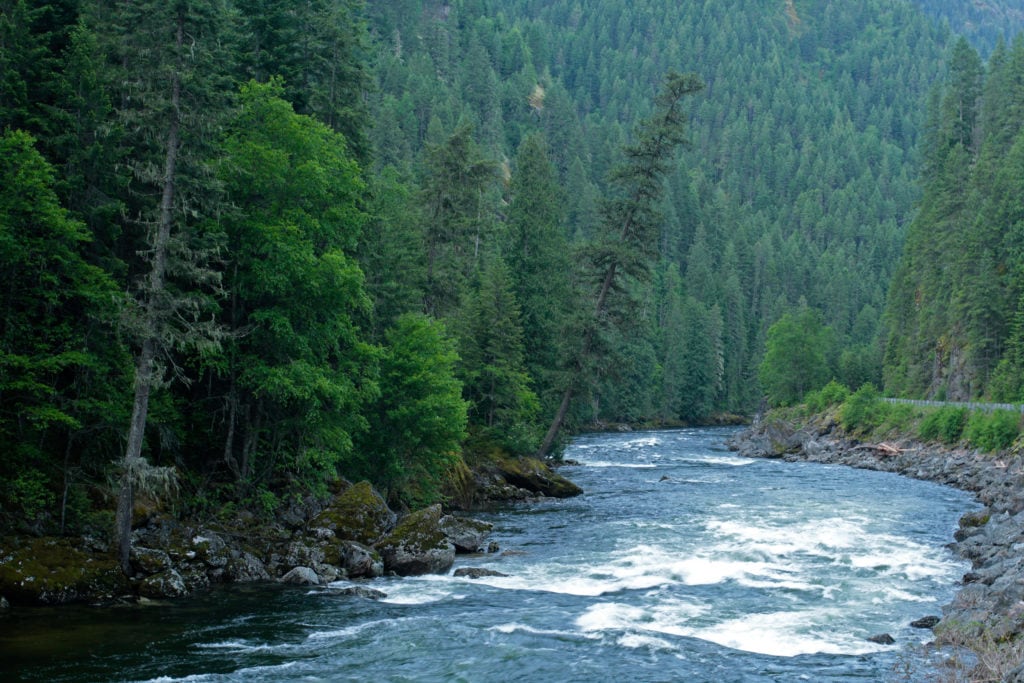
Because grizzlies are protected by the Endangered Species Act, anyone caught killing one can face up to $100,000 in fines. And seeing as it is still black bear hunting season in Idaho, it is now more important than ever that both hunters and travelers know the difference between black bears and grizzly bears.
According to Kasworm, grizzly bears have dish-shaped faces, a large, discernible hump on their shoulders, and ears that are smaller and more rounded than those of black bears. Their footprints should also look more square and straight, whereas black bear prints have a tendency to be more rounded.
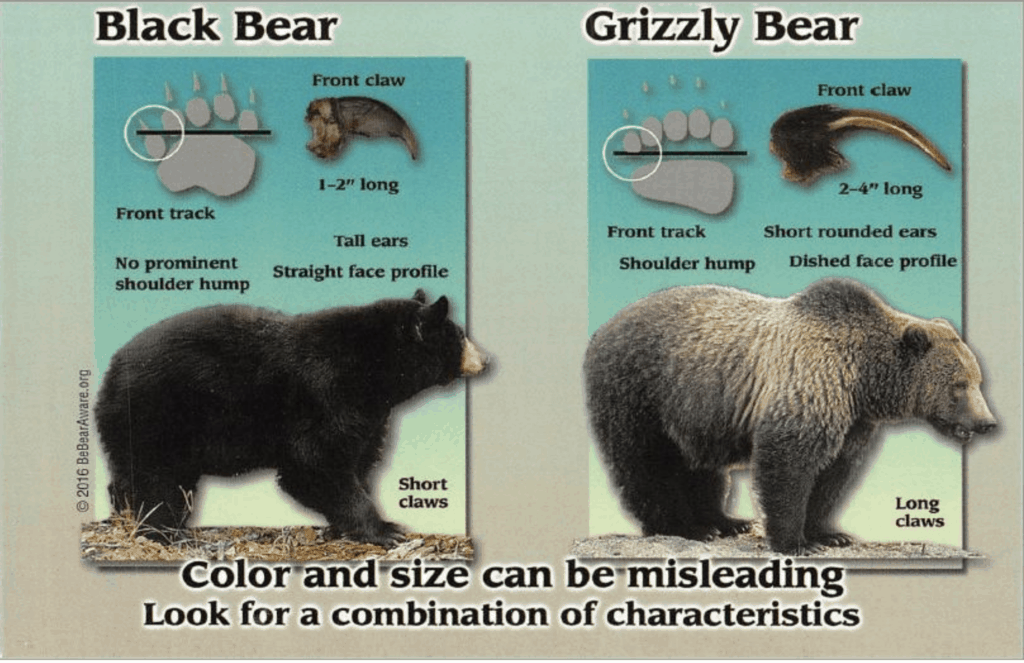
If a grizzly is spotted, Kasworm urges people to immediately report the sighting to Idaho Fish and Game or a local conservation officer. And for the hunters out there, Kasworm has some final words of advice: “Be sure of your target. If you’re not sure, don’t shoot.”

